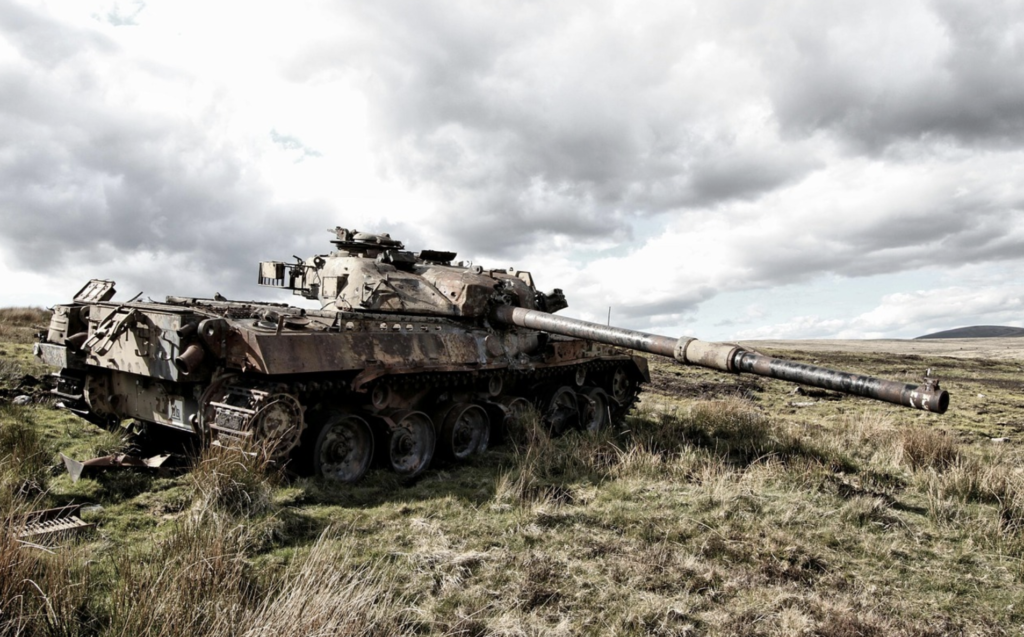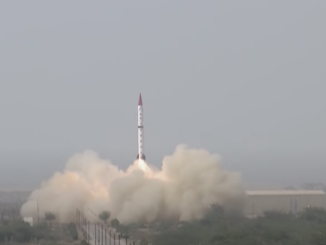
“The talent of the strategist is to identify the decisive point and to concentrate everything on it, removing forces from secondary fronts and ignoring lesser objectives.”
Carl von Clausewitz, On War
Blitzkrieg forever changed warfighting manoeuvres for conventional forces by introducing unprecedented tactics at tactical levels, accomplishing strategic objectives. The Achilles Heel to Blitzkrieg, however, was the inability of the German army to keep up. America’s Operation ‘Rolling Thunder’ at Vietnam and use of Bombing, Escalation, Air and artillery, Search and destroy and Technology (BEAST) also introduced a whole new era of warfighting via conventional means. Fractures in this strategic manoeuvre were, once again, the inability of one segment to remain in tandem with others.
Suddenly, under the nuclear umbrella, India’s Land Warfare Doctrine 2018 emerges, trying to combine Blitzkrieg with BEAST; codename ‘Cold Start Doctrine’. What Indian conventional warfighting suffers from is perhaps an abundance of doctrines. Problems with logistics, integration of armed forces, subdivision of goals/objectives and consolidation afterwards is what plagued Hitler’s Eastern Front and America’s Vietnam and Afghanistan quagmires. For India, lessons are well-written in history; campaigns rolling back, strategies capsizing and wars lost.
Indian military modernization and conventional warfighting posture is based on its desire to allow strike corps to create vacuums for holding corps to fill and retain, discouraging its adversaries from retaliation. Theoretically, with a naval blockade assisted by carrier-borne air support, ground forces moving under aerial protection and sophisticated electronic warfare acting as countermeasures, Indian armed forces can accomplish what they are preparing for. Practically, ever since Sunderji, India has not moved beyond a large collection of expensive equipment confused between rapid mobilization, attritive tendencies and too many goals for one tactical disposition. For Indian strategists, options on the menu range from penetrative operations to surgical strikes, use of electronic warfare to employment of artificial intelligence and counterinsurgency to nuclear escalation. The Land Warfare Doctrine 2018 talks volumes of the importance of a doctrine yet, in its practical manifestations, ends up confusing its own rationale of existence.
For conventional warfighting to truly succeed in achieving its desired ends, doctrinal canons need to be integrated yet self-governing. Under a nuclear umbrella, conventional warfare is both a supplement and a catalyst which makes its diversity more important than its uniformity. Pakistan, unlike India, understood this principle through an intensely brutal learning curve. Pakistan’s conventional warfighting doctrine is gyratory; its armed forces are continuously transiting from asymmetric warfare to guerrilla tactics, from classical engagements to urban warfare and all the way to nuclear preparedness. The foremost reason for this gyration is that Pakistan’s armed forces are transiting between threats practically to have its doctrine tested and calibrated as required. For India, most of its doctrinal requirements are restricted to exercises and simulations, practical manifestation in controlled environments, and inability to fine-tune as required; there is inertia. Justification from New Delhi is always based on maintaining the status quo and determination to not upset the delicate balance of nuclear deterrence, only to contradict it by acquiring billions of dollars’ worth of conventional warfighting equipment.
Indian armed forces, perhaps photocopying from America’s conventional forces, upgrade naval and aerial platforms, leaving ground forces abysmal only to make doctrines that require ground forces to perform at optimal efficiency. Such exhaustive directives not only damage morale but also raise questions about the intended results. The doctrine itself, then becomes a combination of statements and remarks cushioned around by dreams and high hopes. Integrated Battle Groups (IBGs) for Bipin Rawat’s refusal to opt for ‘One Size Fits All’ end up being just that. With an air force equipped with all things modern and ground forces still struggling to maintain logistical coherence, there would not be much to hold or much to strike. Procuring sophisticated technology is one thing, having consistency in choice of operations at which to use it is another. Ever since Balakot, India’s conventional warfighting doctrine have come under immense pressure of being able to prove that they even hold substance. Hitler’s jubilations at the pace and ferocity of his Blitzkrieg soon became a reason of his demise; immense stretches of territory with insufficient potential for consolidation.
Hypothetically, in a scenario where nuclear weapons are excluded from the argument, even if Indian air force is able to create a vacuum, logistical inability at ground level would render the entire exercise futile. Even if battlegroups do make it to intended targets, their insufficient exposure to urban warfare and guerrilla tactics would be ‘Vietnam Reincarnate’. Pakistan army, as opposed to Indian conventional muscle, has been diversely trained to change doctrines with temperament of target intended. For India, an inflexibility to retain Sunderji’s vision while accommodating newfound strategic ‘demands’ vis-à-vis Pakistan and China and spending billions of dollars without revisiting priorities, is a disaster. Conventional warfighting doctrine is part morale and part measure with very limited space for experimentation. Rafael might give India a ‘taste of Luftwaffe precision’ but without a substantive ground presence to ensure consolidation, might land it in a ‘cup of tea’.
Simultaneously, India is trying to execute three separate doctrines; surgical strikes, attrition warfare and brute force. All three doctrines require distinct preparedness and temperaments and integrating all three into one would need nothing short of a miracle. Similarly, catering to two distinct adversaries, under distinguished environments and requirements is also something that cannot be merged. China and Pakistan might be strategic partners but their threat calculus towards India is largely individual. For Indian conventional warfighting doctrine to really address its challenges, it has to appraise and appreciate its surroundings. India’s adversaries are not only well equipped but their conventional forces are acquiring both doctrinal evolution and sophisticated technological upgradation. Pakistan might not be acquiring hardware quantitatively but it sure is aiming to procure the same qualitatively.
India’s multibillion dollar ‘box of toys’ has little to do with those who intend to ‘play war’ with them. Indian political demands coerce its own armed forces into uncomfortable risks only to receive disconcerting results. For Indian armed forces, morale sinks all the way down to either targeting civilian population or listening to their Prime Minister saying ‘No intrusion into our territory, no post captured.’ Stuck between this array of doctrines and strategies, Indian armed forces can do little to integrate and infiltrate, let alone strike and hold. An armed force crinkled by so many theoretical victories and practical disappointments can seldom do more than garnish airplanes with lemons to ward off the spectre of its gruesome doctrine. India’s arsenal is impressive and the pace at which it is growing raises quite a few eyebrows, but an inflexible yearning to accomplish Sunderji’s dream, despite so much changing around it, is like a guillotine’s blade in freefall. Conventional warfighting doctrine incorporated by India is a relic that sank the Wehrmacht because it asked more than could be delivered.
‘An absolute doctrine is impossible, for once a doctrine and its articles become dogma, woe to the army which lies enthralled under its spell.’
Major-General John Frederick Charles Fuller, Men Against Fire
![]()




Be the first to comment